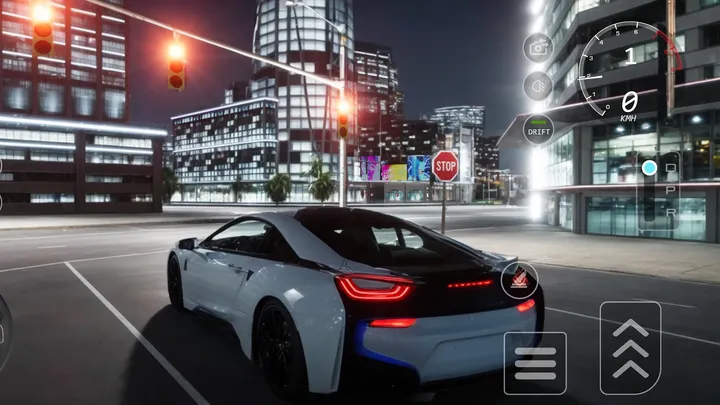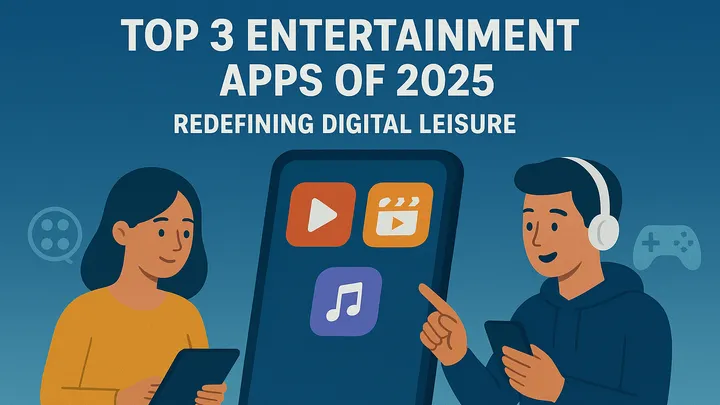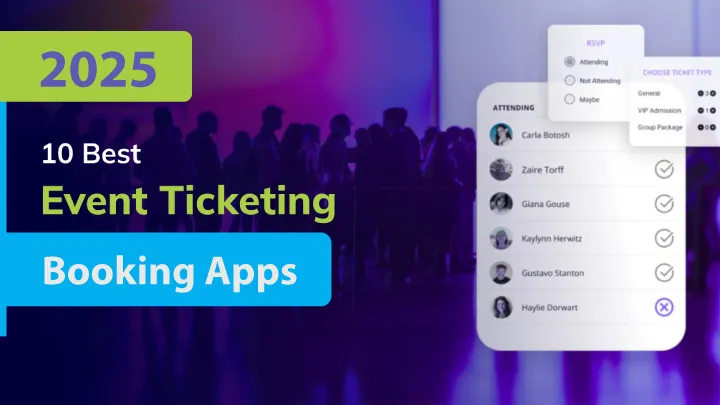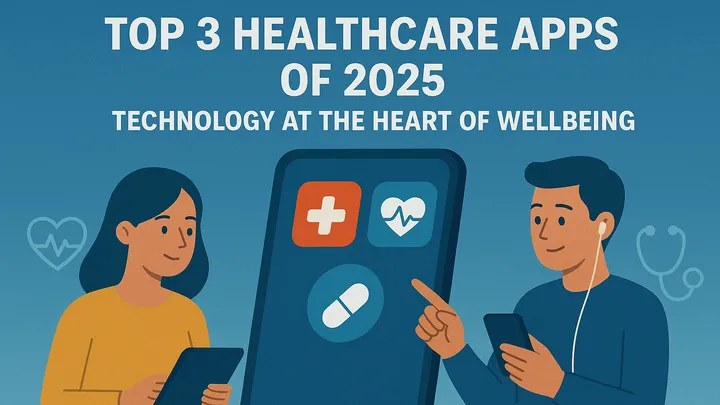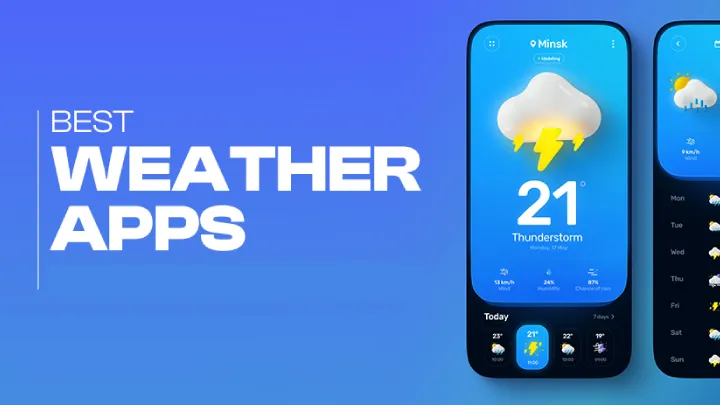In 2025, cities around the world are growing smarter, faster, and more interconnected than ever before. Transportation is no longer just about getting from point A to point B—it’s about doing so in a way that is efficient, sustainable, affordable, and stress-free. Urban congestion, environmental concerns, and the demand for flexibility have forced both commuters and governments to rethink mobility.
Enter transportation and mobility apps. These tools now serve as digital companions that plan routes, predict delays, suggest alternative modes, track expenses, and even gamify eco-friendly commuting choices. Some focus on ride-hailing and shared mobility, others specialize in public transit optimization, while the most advanced apps integrate multimodal transport systems—from scooters and bikes to trains, buses, and autonomous vehicles—into one seamless user experience.
This article will explore the Top 10 Transportation and Mobility Apps in 2025, analyzing their features, advantages, and drawbacks, and examining how they transform our daily commutes.
1. Uber – Reinventing Ride-Hailing in 2025
Uber remains a household name in global mobility. By 2025, it has shifted far beyond being just a ride-hailing platform. Now, it’s an all-in-one mobility ecosystem that includes carpooling, micromobility (scooters and bikes), food delivery, and even integration with public transit schedules.
Features
- Smart Routing: AI predicts traffic conditions in real time.
- Sustainability Options: Riders can choose “Uber Green” with EV or hybrid drivers.
- Subscription Models: Uber Pass offers discounted rides, priority bookings, and bundled mobility credits.
Pros
- Huge global coverage
- Diverse mobility modes in one app
- Strong safety protocols with AI monitoring
Cons
- Surge pricing can still make rides expensive
- Driver availability varies by region
Pricing in 2025
Dynamic pricing remains, but Uber’s subscription bundles ($19.99/month) provide consistent discounts for frequent commuters.
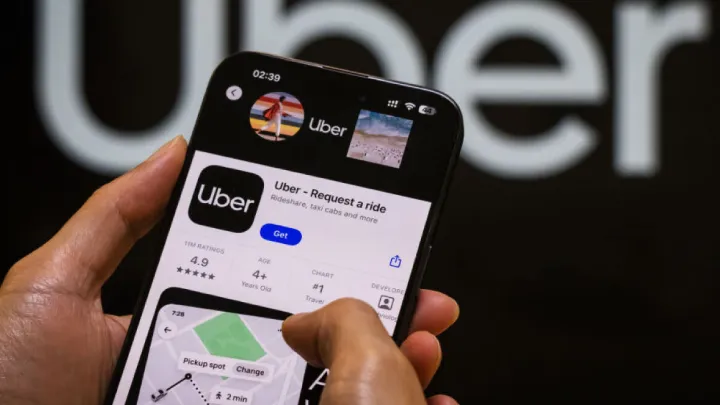
2. Lyft – Community-Centered Mobility
Lyft, Uber’s main competitor in North America, has doubled down on its identity as a community-driven and eco-conscious alternative. By 2025, Lyft operates a fully integrated network of ride-sharing, car rentals, bikes, and scooters.
Highlights
- Lyft Rentals: Users can rent EVs for hours or days directly in-app.
- Carbon Neutrality: Lyft offsets emissions and promotes green mobility.
- Partnerships with Transit: Local governments integrate Lyft into city-wide travel passes.
Pros
- Strong sustainability focus
- Transparent pricing
- Partnerships with universities and corporate campuses
Cons
- Limited to North America in scale
- Fewer features compared to Uber globally
Pricing in 2025
Base rides cost around the same as Uber, but Lyft Pink subscription ($9.99/month) provides perks like free bike rides and discounted commutes.
3. Citymapper – The King of Multimodal Commutes
Citymapper is often called the Swiss army knife of commuting apps. By 2025, it integrates ride-hailing, micromobility, public transport, and walking routes into one unified platform.
Features
- Smart Trip Planner: Suggests fastest, cheapest, or greenest routes.
- Citymapper Pass: A subscription that combines buses, trains, bikes, and ride-hailing credits.
- Real-Time Disruptions: Alerts users to delays, strikes, or accidents with instant rerouting.
Pros
- Extremely user-friendly and detailed
- Integrates nearly all transit systems in major cities
- Transparent cost and time estimates
Cons
- Only available in select global cities
- Subscription not universal across all regions
Pricing in 2025
Citymapper Pass ranges from $39–$69 per month, depending on city and included services.
4. Moovit – AI-Driven Public Transit Assistant
Moovit, acquired by Intel, has become the world’s most advanced public transportation app. By 2025, it leverages AI to predict arrival times with near-perfect accuracy and integrates seamlessly with mobility-as-a-service (MaaS) platforms.
Highlights
- Crowdsourced Data: Millions of users contribute real-time updates.
- Accessibility Features: Routes optimized for people with disabilities.
- Multimodal Journey Planning: Combines buses, trains, scooters, and ride-hailing.
Pros
- Excellent coverage in 120+ countries
- Strong accessibility options
- Free to use for most features
Cons
- Reliant on city transit cooperation
- Occasional app performance issues in rural areas
Pricing in 2025
The core app is free, while premium features ($4.99/month) include advanced notifications and offline maps.
5. Google Maps – The Universal Navigator
By 2025, Google Maps has evolved into a mobility powerhouse. Beyond navigation, it integrates ride-hailing options, e-scooter rentals, parking spot finders, EV charging locations, and real-time public transit data.
Features
- AR Navigation: Augmented reality overlays guide pedestrians and cyclists.
- EV Mode: Suggests charging stations with availability predictions.
- Commuter Insights: Aggregates data on cost, carbon footprint, and time.
Pros
- Global coverage unmatched by any competitor
- Constant innovation with AR and AI
- Free and widely accessible
Cons
- Heavy reliance on internet and data privacy concerns
- Some features limited by region
Pricing in 2025
Still free, though some Google One+ mobility perks ($2.99/month) unlock premium commuter insights.

6. Transit App – Real-Time Transit Companion
Transit is a favorite among urban dwellers in North America and Europe. By 2025, it provides minute-by-minute updates for buses, subways, and trains, along with integration for bike-sharing and scooters.
Highlights
- GO Mode: Step-by-step directions with real-time alerts.
- Crowdsourced Reliability: Users report delays instantly.
- Green Incentives: Rewards points for choosing eco-friendly commutes.
Pros
- Extremely accurate public transit predictions
- Gamified features encourage eco-choices
- Simple, sleek design
Cons
- Limited reach outside urban areas
- Best features behind paywall
Pricing in 2025
Free with ads, or Transit Royale subscription ($2.99/month) for premium features.
7. Waze – The Community-Powered Driver App
Waze, owned by Google, remains the go-to app for drivers who want to avoid traffic jams. By 2025, it incorporates carpooling, toll pricing, and advanced safety alerts.
Features
- Crowdsourced Traffic Data: Instant updates from millions of drivers.
- Carpool Integration: Users can share rides and split costs.
- AI Safety Alerts: Warns about road hazards, speed cameras, and accidents.
Pros
- Highly accurate traffic rerouting
- Great for daily drivers
- Community-driven, constantly updated
Cons
- Not as useful for non-drivers
- Can be overwhelming with alerts
Pricing in 2025
Completely free, though integrated carpooling rides cost around $3–$6 per trip.
8. BlaBlaCar – Long-Distance Carpooling
BlaBlaCar dominates the long-distance ride-sharing market. In 2025, it connects over 100 million drivers and passengers across Europe, Asia, and beyond.
Highlights
- Budget-Friendly: Long-distance rides cost a fraction of train or plane tickets.
- Community Trust: Strong review and rating system.
- Bus and Train Integration: BlaBlaCar now sells bus and train tickets alongside carpooling.
Pros
- Affordable and social travel option
- Expanding into multiple transport modes
- Strong safety measures
Cons
- Mostly effective for intercity rather than daily commuting
- Less coverage in North America
Pricing in 2025
Carpooling rides average $10–$40 depending on distance; buses and trains vary by region.
9. Lime – Micromobility for the Last Mile
Lime is the global leader in e-scooter and e-bike rentals. By 2025, it plays a critical role in last-mile commuting solutions, particularly in dense urban centers.
Features
- App Unlocking: Rent bikes or scooters with a tap.
- AI Safety Features: Speed control and accident detection.
- Green Mobility Programs: Discounts for frequent eco-friendly riders.
Pros
- Affordable last-mile solution
- Widely available in global cities
- Eco-friendly and convenient
Cons
- Weather-dependent usage
- Availability varies by neighborhood
Pricing in 2025
Typical rides cost $1 to unlock + $0.30 per minute. Subscriptions for frequent riders start at $8.99/month.
10. Bolt – Europe’s Rising Super-App
Bolt has emerged as a European super-app offering ride-hailing, food delivery, scooter rentals, and car-sharing all in one platform. By 2025, it competes directly with Uber and Lyft on a global scale.
Highlights
- Affordable Rides: Known for competitive pricing.
- Diverse Services: Includes ride-hailing, micromobility, and groceries.
- Eco Focus: Fleet gradually shifting to EVs.
Pros
- All-in-one ecosystem
- Lower fees than competitors
- Rapidly expanding globally
Cons
- Limited availability in North America
- Service quality varies by city
Pricing in 2025
Average ride fares are 10–15% cheaper than Uber, with subscription passes for regular riders at around $14.99/month.
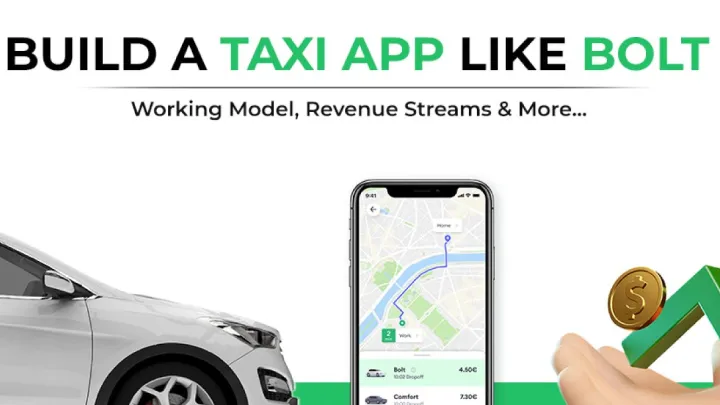
Future Trends in Transportation Apps (2025–2030)
- Mobility-as-a-Service (MaaS) – Full integration of buses, trains, bikes, and ride-hailing under one subscription.
- Sustainability First – Incentives for EVs, micromobility, and carpooling will expand.
- Autonomous Vehicles – More apps will offer self-driving ride options.
- Data-Driven Personalization – Apps will predict commuting needs before users even open them.
- Universal Commuter Wallets – One subscription could cover all transport in a city.
Conclusion
By 2025, commuting is no longer a daily struggle but a smarter, more connected experience. Apps like Uber, Lyft, and Bolt redefine ride-hailing, while Citymapper, Moovit, and Transit App make public transport seamless. For drivers, Waze remains indispensable, and for budget-friendly intercity trips, BlaBlaCar stands out. Meanwhile, Lime offers the eco-friendly last-mile solution cities desperately need.
The future of mobility lies in integration, sustainability, and personalization. The right app depends on whether you value affordability, eco-friendliness, or convenience—but one thing is clear: in 2025, the smartest commuters are the ones who let technology guide the way.






